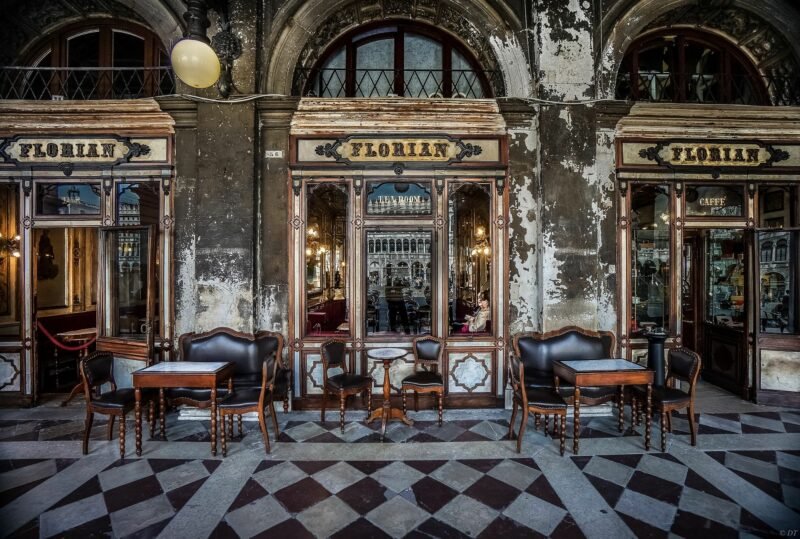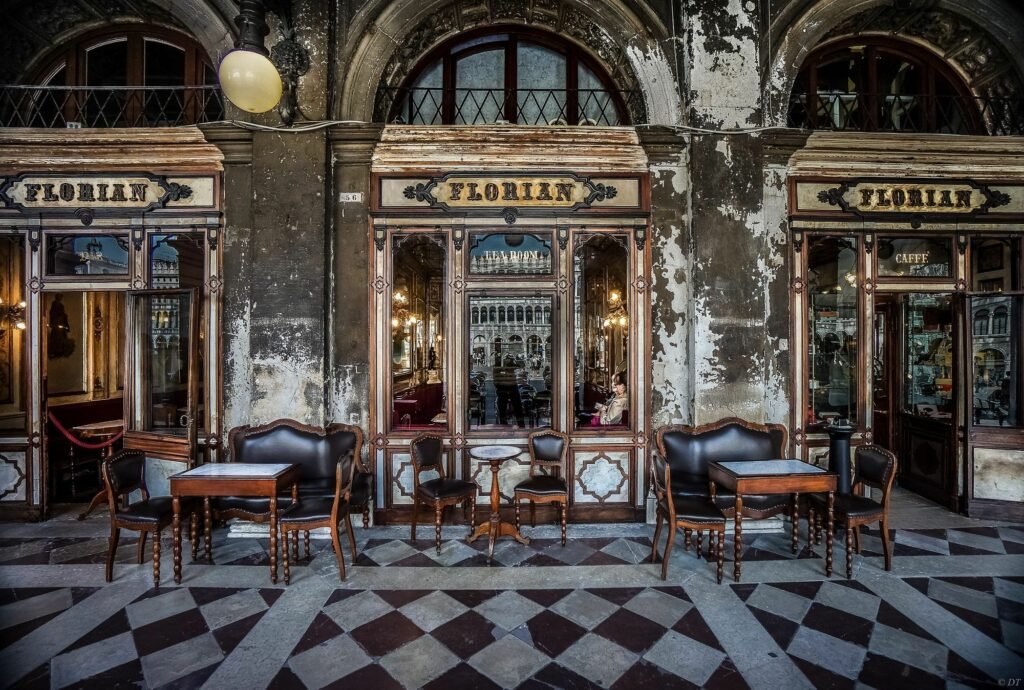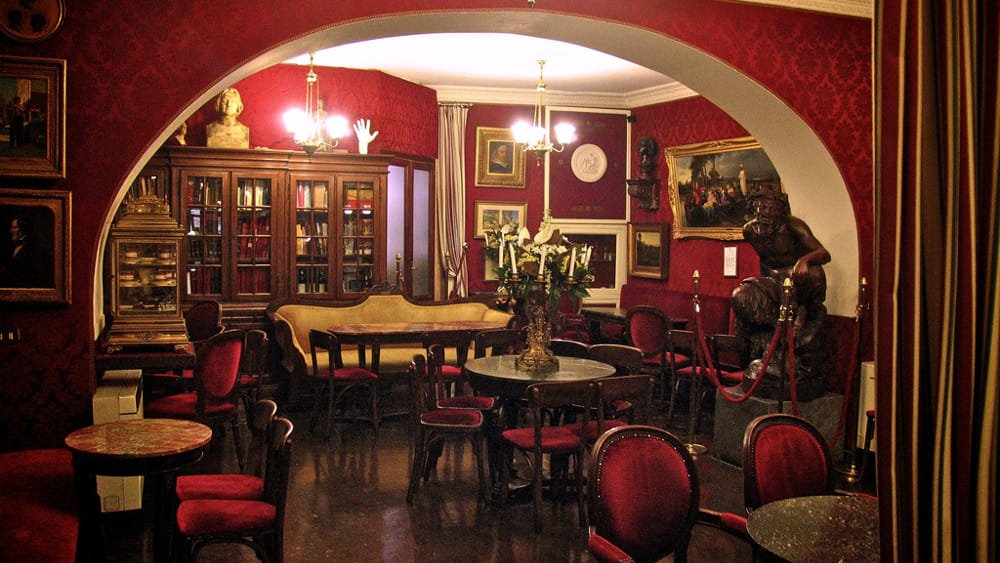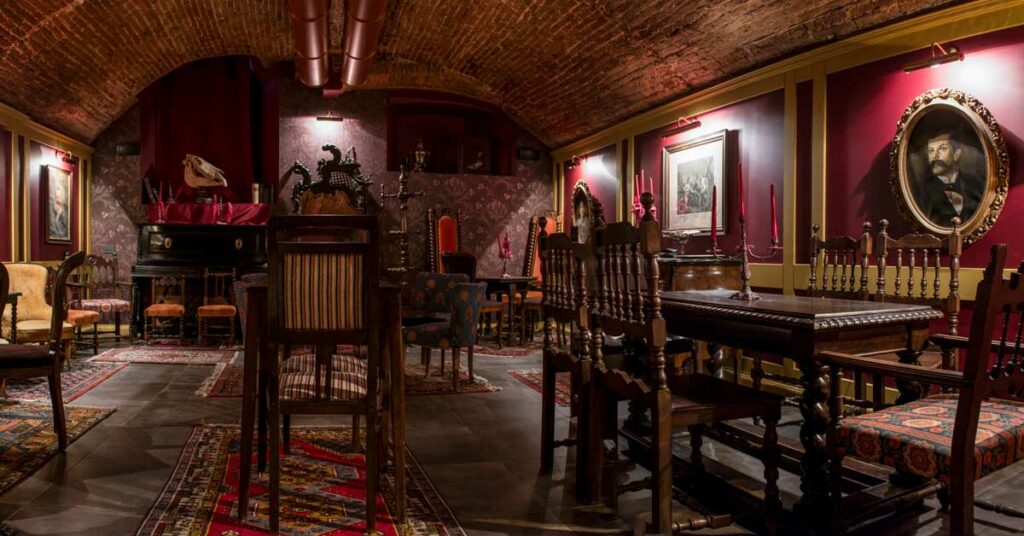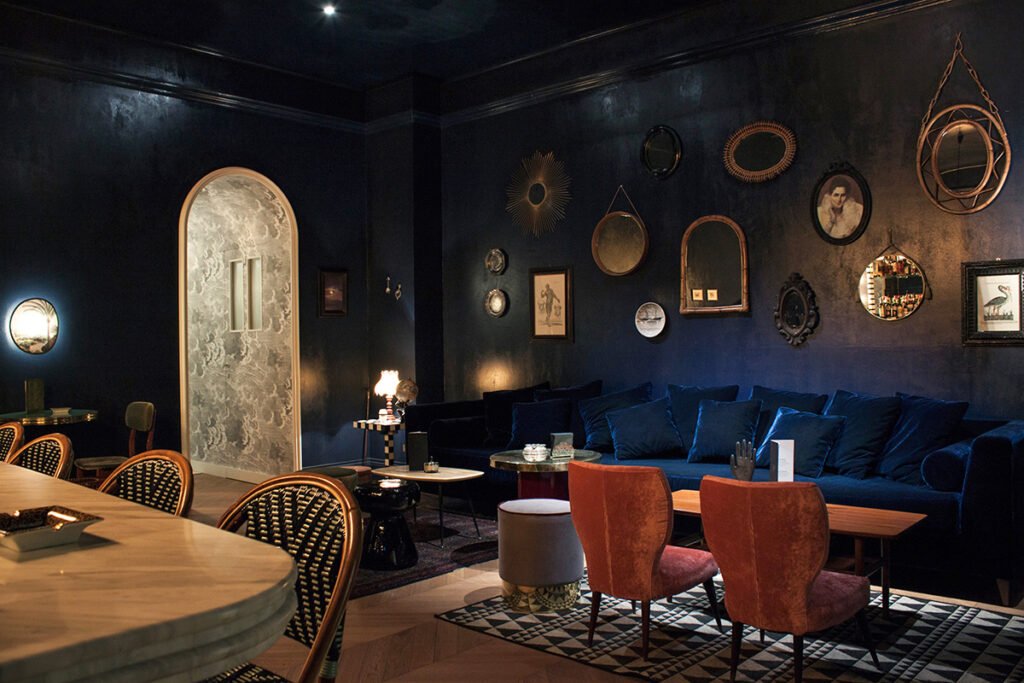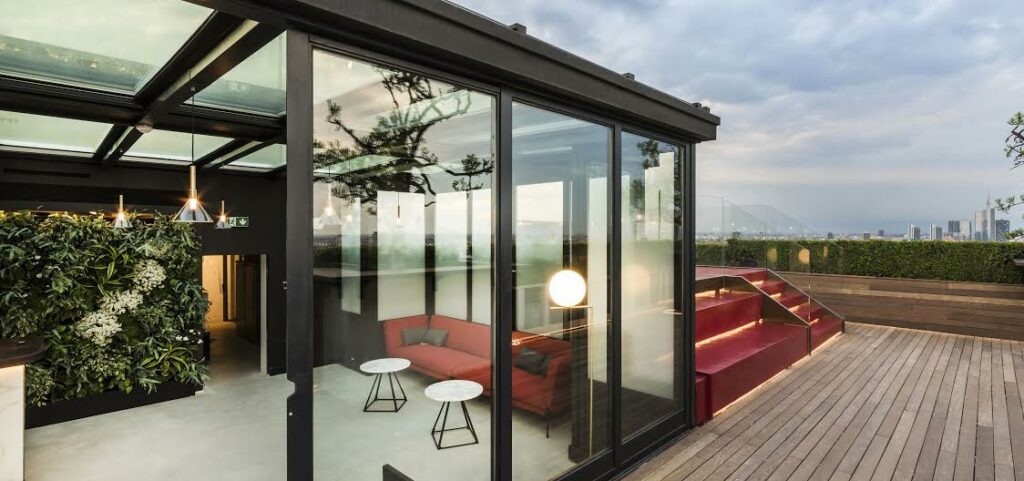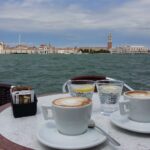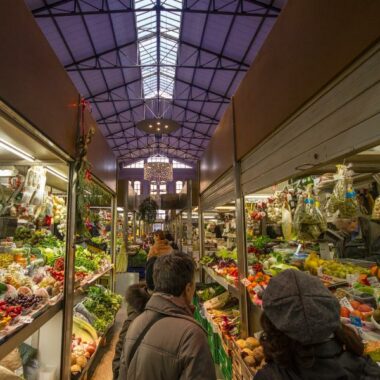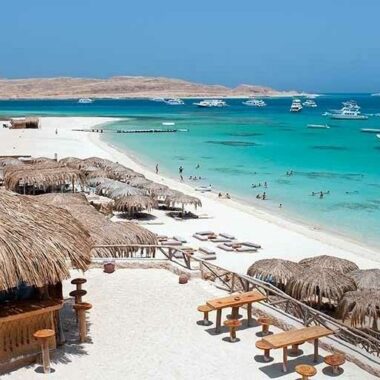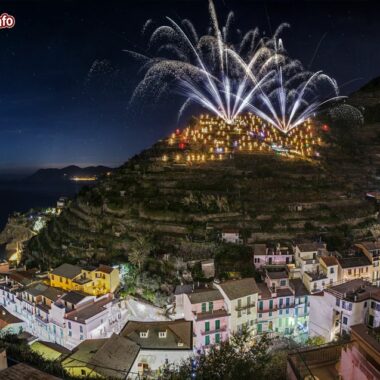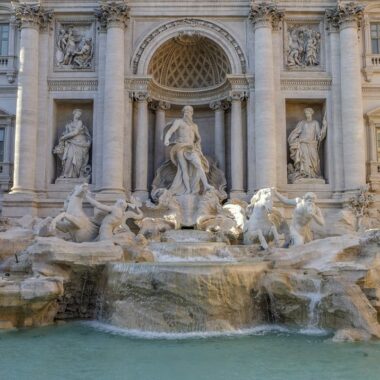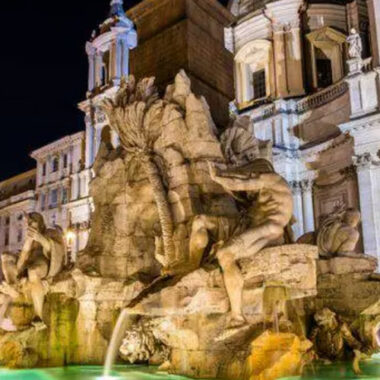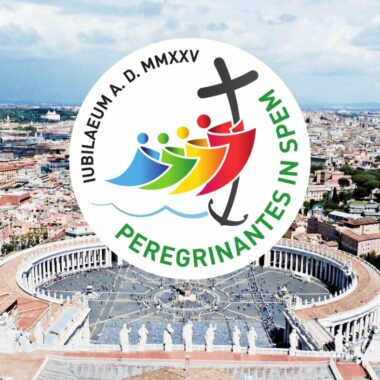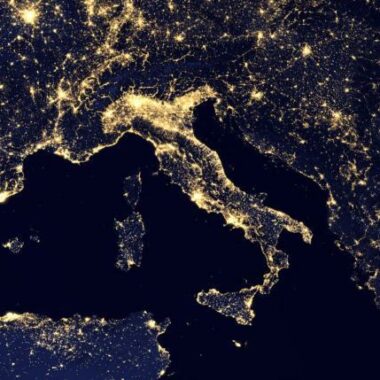Which came first, the Bar or the Caffè?
Sipping a coffee at a table outside a bar is a daily habit for most Italians, including myself. In Bolsena, my house is directly above the Bar in the main square. In the morning, I like to go down the stairs and have a cappuccino and croissant (brioche) while reading the newspaper (usually the bars provide a newspaper to read). But what were the causes?
Venice, gateway to the East, was one of the first European ports to import coffee beans in the 16th century. It was the Paduan botanist Prospero Alpino who introduced some sacks of it from the East in the 1570s: he had stayed in Egypt for a long time and had discovered what he called the drink “black and with a taste similar to chicory”. The drink with the strong and intoxicating aroma was initially sold only in pharmacies and to rich people, the only ones who could afford this luxury. It wasn’t till 1683, when The first “coffee shop” was opened in Piazza San Marco in Venice.
Since then, new shops sprang up everywhere in the city, but to see the birth of Caffè Florian, the first “coffee” in Italy, we had to wait to 1720.
Caffè Florian is now an institution, an integral part of Venice’s architectural and cultural beauty, visual feast that served breakfast to characters such as Carlo Goldoni, Johann Wolfgang von Goethe, and Lord Byron..
Meeting at the café becomes a reason for meeting and turns into an important cultural center, a meeting point for writers and politicians. The unique flavor of coffee intrigues and captures the attention of all regions of Italy, so much so that coffee rooms soon sprang up in other important cities as well.
We remember the Pedrocchi of Padua (1722), the Gilli in Florence (1733), the Greco in Rome (1760). Even Carlo Goldoni, in his work “The coffee shop” captures the essence of these new places. It is estimated that overall at the beginning of the century, between 1800 and 1900, there were thousands of coffee shops open in Europe.
The shift from Caffè to Bar
Only in 1900 did the word Caffè give way to Bar. Alessandro Manaresi, an Italian entrepreneur who opened the first Bar in Florence, was the first to use the “Bar” word. Various theories emerge from this word, all of which are intriguing, but what will be the truth? Each country claims to be the originator of this word, but it is extremely difficult to pinpoint its exact origin. Some people combine the word bar with the English word barrier as a contraction. The Italian origin could be derived from “Banco A Ristoro.”
It could be linked to the idea of mixed premises, and then to the counter that separates the bartender and work area from the customer. There is a lot of misunderstanding about this.
Initially, it is an exclusive location where not everyone can enjoy a delicious Italian-style breakfast. You’ll have to wait until World War II to see the bar become a popular hangout. During those years, the bar resembled a lovely postcard depicting a cross-section of society.
People from all walks of life and political beliefs may encounter a commonplace. This is a small and obvious thing for us today, but it represents a significant step forward for the culture of the time.
There must be a reason why the Bar has remained a symbol of Italy for centuries.
In these images, you can see how the Italian bar has evolved, using the most iconic as a model.
How has it changed since then?
This ancient history has resulted in a great evolution over time, with bars following trends and evolving, sometimes closing the door to the most ancient traditions. As a result, the bar’s offerings have broadened, and it has become possible to cater to the tastes of people of all ages.
Walking through the cities, you can see the historic, traditional, and family-run bars at a glance. They smell like history, and you can tell they’ve been through decades or centuries. They have a unique charm.
As we all know, today’s pace is fast, and bars are not about to slow down. They are the beating heart of a city, a magnet for both young and old. It is customary for Italians to say “Let’s go to the bar!” if they are unsure how to spend their evening. It’s a destination, a place to meet and have fun. The association of the bar with just breakfast has gone by; now its meaning encompasses a much wider range.
The bar is a serious business. The suit-and-tie bartender in Italy’s most famous bars, as well as the provincial bartender, must be flawless.
The bartender’s role is critical and has evolved alongside the bar. It is necessary to study and train; this profession is highly sought after nowadays, and we can see why.
The bar’s origins are in the preparation of coffee, and this remains the common thread of these premises to this day. You can modernize and offer a more extensive menu than competitors, but coffee must always be delicious. There is no escape.
We Italians are very concerned
The so-called “Italian bar” has become a symbol of Italian life over time, and it is now our daily ritual, from breakfast to evening aperitivo. Every one of us has a favorite place to get an espresso or a cappuccino. There is only one in the hearts of Italians, one bar he frequents. It’s a pattern, an unwritten rule. Try to understand how seriously we Italians take these things!
The bartender is much more than a server in Italy, it is common to form a friendship with the customer. Especially in small towns, where there is less chaos and a greater sense of belonging to a community.
Related: https://lifeinitaly.com/the-old-history-of-aperitivo/
